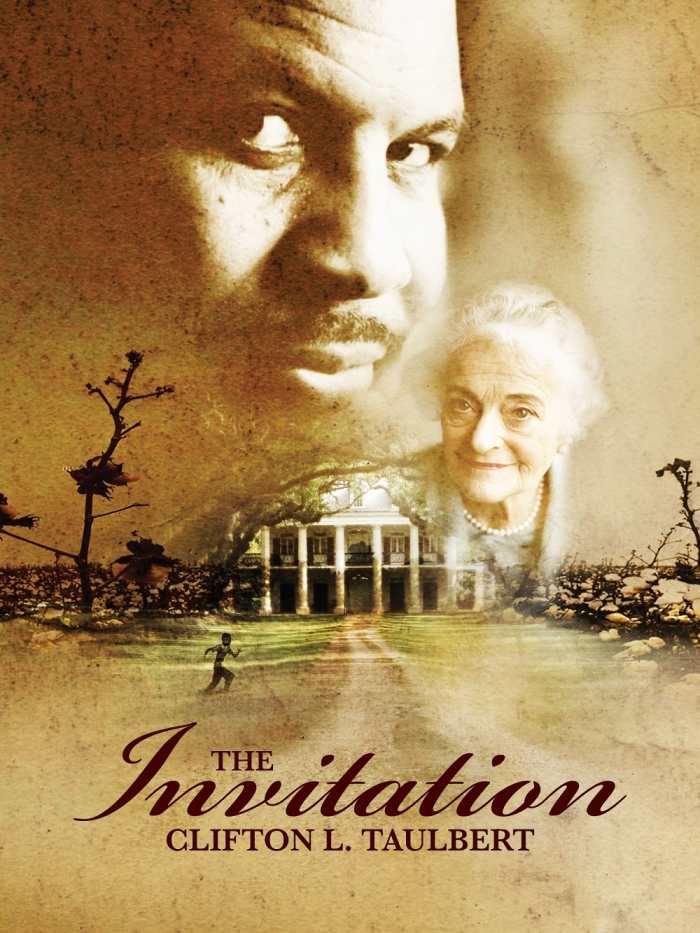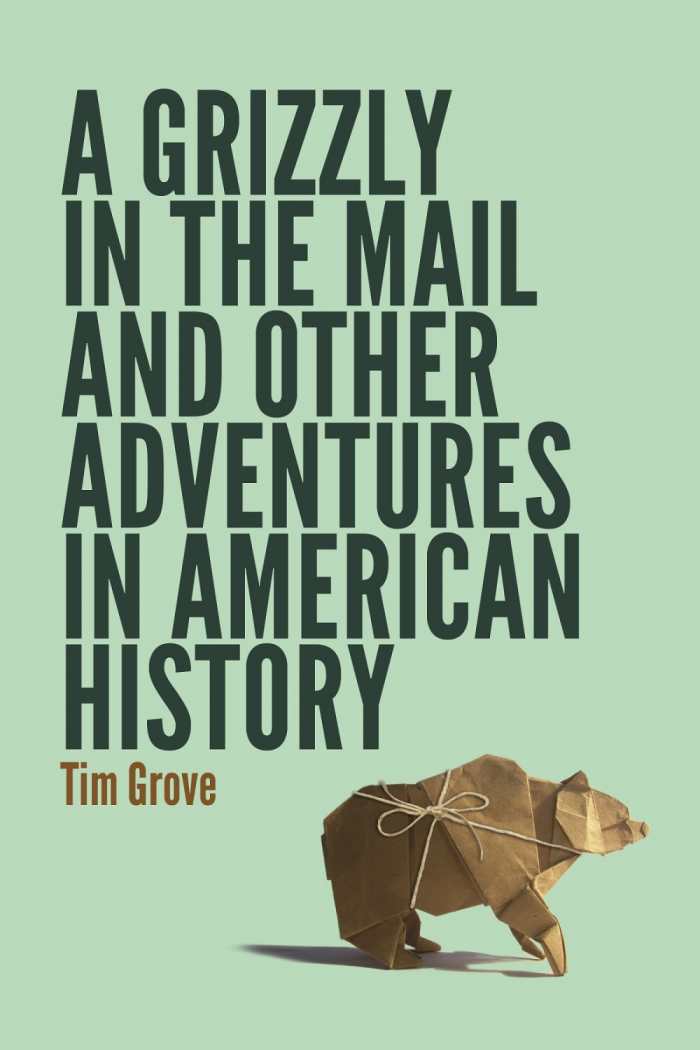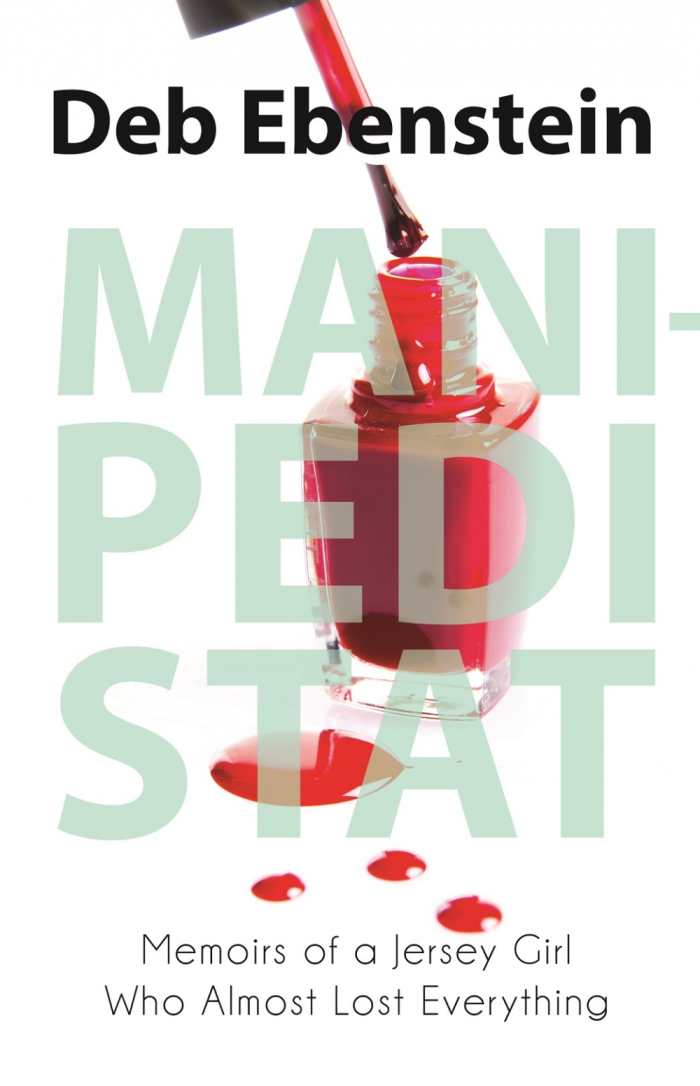Resilience with a Smile
Five Unique Paths to a Rich, Satisfying Life
Grit is the common factor in these five memoirs, whether it’s an African American scholar from the South and a Palestinian woman who face up to their prejudices, a Jersey girl cancer couldn’t kill, a myth-busting historian, or a gentle hippie who (nearly) survived the Beat Generation.
Whatever obstacles the authors may have encountered in their lives, rarely do they employ self-righteousness. Indeed, there is a fair amount of self-deprecation and humor, qualities that any good memoir should not be without.
The variety of experiences they represent and their insights, even when writing of events in which they were dealt an unfair hand, are of the sort that might prompt a bit of reader introspection, or at least to come away with a bit of arcane knowledge. For instance: who knew that it wasn’t Betsy Ross who sewed the first star-spangled banner?
The Invitation

Clifton L. Taulbert
New South Books
Softcover $25.95 (224pp)
978-1-58838-307-5
What with the damning convolutions of ignorance, disingenuousness, and angst that shadow so much of the discussion of race in the United States, it is heartening when hope glimmers, as it does when Clifton Taulbert unpacks his defensive prejudicial baggage acquired as an African American child growing up in the ’40s and ’50s in a segregated Mississippi Delta.
Taulbert is an internationally recognized lecturer and the author of twelve books, including Once Upon a Time When We Were Colored, which was part of the United States’ gift to Nelson Mandela when he was released from prison, and the Pulitzer Prize-nominated The Last Train North. Invitation, his latest book, was prompted by his experiences after he accepted invitations to speak at meetings aimed at improving race relations in and around Columbia, SC.
South Carolina represented “a past I wanted to forget and a modern history that was still troubling,” he thought. Still, a nostalgic note was struck, reminding him of the South he still thinks of as “this eternal place I love.” Nevertheless, to be on the safe side, he took along Little Cliff— the childhood self, who was raised to be wary of white folk.
And then he was a guest of Mrs. Camille Cunningham Sharp, the silver-haired matriarch of Roselawn Plantation, with hundreds upon hundreds of acres of cotton and a Civil War history, slavery included, leaving Little Cliff to think “I shouldn’t be here.”
Miss Camille, as he came to call her, didn’t agree. She said she was honored to know him and meant it. They laughed together, spoke with candor of the past and future, walked arm-in-arm. They planned to meet again, but she passed before that could happen.
He regrets upheld conversations, but now, “when anger swells inside of me,” he writes that he will remember the time spent with Miss Camille and “deal with racial bigotry as best I can.”
THOMAS BEVIER (August 27, 2014)
A Grizzly in the Mail and Other Adventures in American History

Tim Grove
University of Nebraska Press
Softcover $18.95 (256pp)
978-0-8032-4972-1
Buy: Local Bookstore (Bookshop)
It could be alleged—no insult intended—that Tim Grove, who has worked in the most prestigious history museums in the United State, is a rewriter of history.
Take the case of Betsy Ross. Every school kid knows she sewed the first stars and stripes. Wrong. There were rumors about the flag when Grove was at the National Museum of American History. He tracked them down and discovered that the flag was actually sewn by another Philadelphia seamstress, Mary Pickersgill. “For over twenty years my goal has been to help history haters change their minds,” he says in the introduction.
One of his first projects, when he was at Colonial Williamsburg in 1994, was to help reenact a slave auction. The NAACP was not pleased, and neither were area whites. Both groups were fearful it would open old wounds. The organizers, despite a few protesters, held to their rubric of historical accuracy, and since then, reenactments have become more ambitious.
Grove is something of a museum vagabond. Presently, he is chief of museum learning at the National Air and Space Museum. He started at the National Portrait Gallery before it became part of the Smithsonian, a confusion of nineteen museums, which traces it roots to a British scientist, James Smithson, who never set foot in the United States.
Then he took a job with the Missouri Historical Society, developing a traveling exhibition of the Lewis and Clark expedition, which, inevitably, calls to mind Sacagawea, the mythical Indian maiden. “Who was she, Grove?” But he can’t answer the question. Tribal lore claims she was Clark’s lover, but while there is no evidence to support the claim, it does add spice to a myth that figures to the present day in commercials.
As for the titular reference to the grizzly in the mail? It’s a gory tale.
THOMAS BEVIER (August 27, 2014)
Peter Orlovsky: A Life in Words
Intimate Chronicles of a Beat Writer

Peter Orlovsky
Bill Morgan, editor
Paradigm Publishers
Softcover $29.95 (352pp)
978-1-61205-582-4
Buy: Local Bookstore (Bookshop)
Once past the in-your-face, nude cover picture of Peter Orlovsky and the poet Allen Ginsberg embracing, taken by none other than Richard Avedon, a reader is provided with an inside view of the gentler and more serious aspects of the Beat Generation that challenged the puritanical constricts of literature in America.
Not that there isn’t lots of sex, drugs, and weirdness along the way. No book dealing with such Beat literati as the aforementioned Ginsberg of Howl fame, Jack Kerouac of On the Road, and the likes of Gary Snyder, Lawrence Ferlinghetti, and Leroi Jones would be honest without some raffish spice.
Orlovsky was twenty-one when he met Ginsburg in San Francisco in 1954 and became his companion and lover. He kept a diary, which is quoted extensively. For some forty years, he and Ginsberg traveled the world together before ending up on a farm Ginsberg bought in Cherry Valley, NY.
Orlovsky was poorly educated, woefully introspective, and mentally unstable, but also loyal and forgiving. The word “sweet” was often used to describe him. And he was a poet, whose poems can be found in The Beatitude Anthology.
He died in 2010. The first stanza of his last poem speaks perhaps to the lilt and inevitable end of the Beat life:
Feet dance for money
Feet dance for life
Feet dance for blues
Dear Peter kiss these feet goodbye.
THOMAS BEVIER (August 27, 2014)
A Constant Longing
Memoirs of a Palestinian Woman

Halima Alaiyan
Wisehouse Publishing
Softcover $18.14 (343pp)
978-918775107-3
Buy: Local Bookstore (Bookshop)
If a movie were made of Halima Alaiyan’s dramatic life of dislocation, disappointment, and transformation, it would challenge credulity.
In 1948, when she was barely a year old, her village, Ibdis in Palestine, was destroyed by Israeli soldiers. With that, she began a life in exile. First she was shuttled to Egypt, then to Saudi Arabia, and finally to Germany, where, after escaping her abusive husband and their arranged marriage, she became an orthopaedic specialist.
Overcoming the harsher aspects for women of Muslim custom, the barriers of language, and family strife would be story enough, but even more remarkable has been Alaiyan’s ability to understand and set aside her prejudice toward Jews and to gain international recognition for encouraging dialogue between young people in Europe, Israel, and Palestine. She does this through the Talat Alaiyan Foundation, named after a son who died.
After visiting a German concentration camp, she understands “why the Jews were so obsessed with having their own secure homeland. … But,” she asks, “did they or the international community have the right to expel the people who were already living there—and, to this day, deny them their homeland?”
While, by her standards today, the society she grew up in was regressive for girls and women, it was also loving and supportive. Her mother taught her to always “help your siblings and love your family.” She speaks fondly of family reunions in Iraq and Gaza.
Perhaps, after all else, it’s from that she draws her strength.
THOMAS BEVIER (August 27, 2014)
Mani-Pedi Stat
Memoirs of a Jersey Girl Who Almost Lost Everything

Deb Ebenstein
Rare Bird Books
Softcover $14.95 (289pp)
978-1-940207-12-4
You want Jersey tough? Step aside, Gov. Chris Christie. Meet Deb Ebenstein.
In the summer of 1993, she was sixteen with great legs, curly brown hair, and smarts enough not to smoke—the “whole package,” she doesn’t mind saying. But then, at volleyball practice, things suddenly weren’t working right.
She had cancer—Hodgkin’s disease. And with that, “I was not a girl. I was cancer.” Then came surgery, chemo, radiation, and the only part of her body that still looked beautiful to her were her toenails, leading to a fetish for self-applied pedicures and the title of her book.
She got better and began living between checkups, three months at a time. Then, at 28, she was struck again, this time with a rare blood disease. Another round of painful, debilitating treatments, but she beat it.
As she tells about those two illnesses, she never loses her verve or humor. She moves to New York, witnesses the Twin Towers collapsing, falls in love, and marries. Doctors tell her that chemo has left her infertile. She has a baby boy. “My dream came true,” she writes.
And then, another nightmare: breast cancer, double mastectomy, and breast reconstruction. After all that, Ebenstein emerges proud of her “cute new boobies” and thankful to be a suburban mom.
Her medical history has taught her much, but she is not one to preach, except to say, “be overwhelmingly grateful for simplicity.”
THOMAS BEVIER (August 27, 2014)
Thomas Bevier

